#african wax
Text

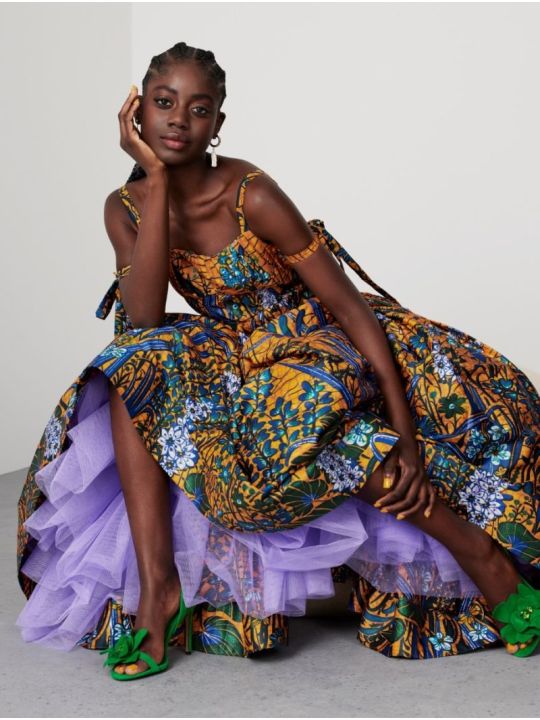
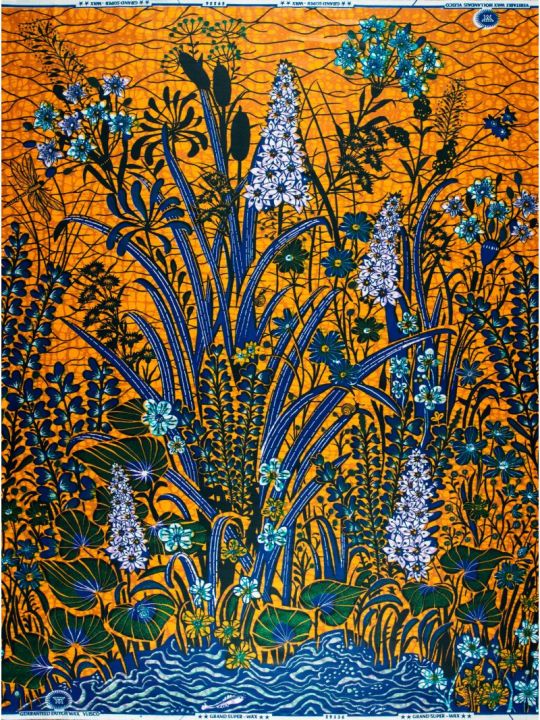


Floral-patterned Grand Super-Wax fabric by Vlisco
'A more exclusive version of Super-Wax, rich in colours and bubbling, and printed with a gloss finish. The most defining (and beloved) feature of a Super-Wax is its duo-colour “bubbling” print effect...
...Grand Super-Wax is a luxurious twist on the original, using Vlisco cotton satin. Grand Super-Wax is made using a highly-unique wax printing technique unlike any other in the world: every piece is created with an unequalled and extraordinary level of care and precision.
First, a design in liquid wax is printed on cotton satin. A base dye such as indigo soaks into the cloth around the wax, leaving behind a deep, intense colour. The magic of the ‘wax-breaking’ during the printing process results in a large, irregular pattern of vein-like bubbles throughout the design.
One single piece of Grand Super-Wax goes through an average of 27 total step before it receives a final gloss finish, and a select number of Grand Super-Wax fabrics are covered from edge-to-edge in transparent glitter.'
#dutch wax#african wax#fashion#dress fabric#pattern#print#vlisco#batik#wax resist#wax print#surface pattern#surface pattern design#pattern design#textile design#textiles#printed textiles#2024#floral#flowers
141 notes
·
View notes
Text
Splendeur collection by Vlisco - Akatasia : African Style and Inspiration

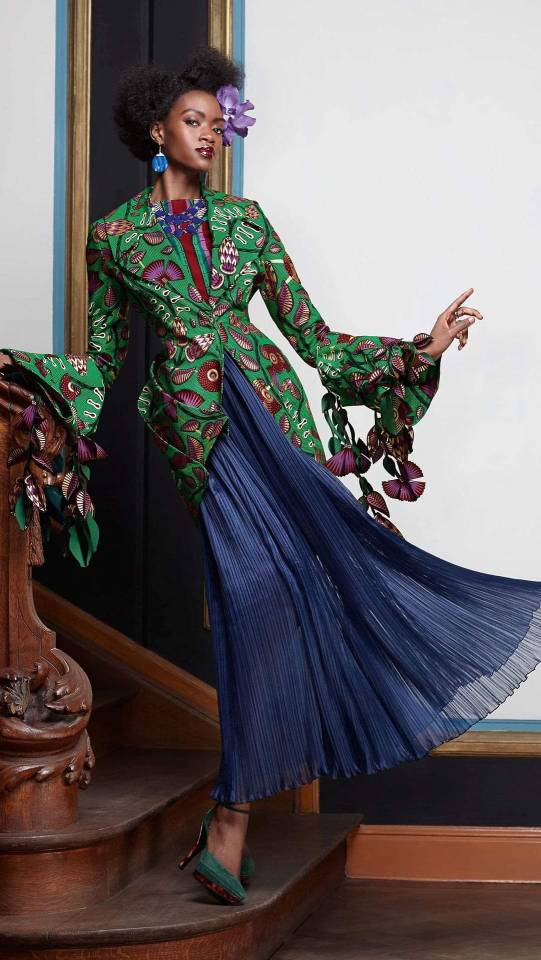
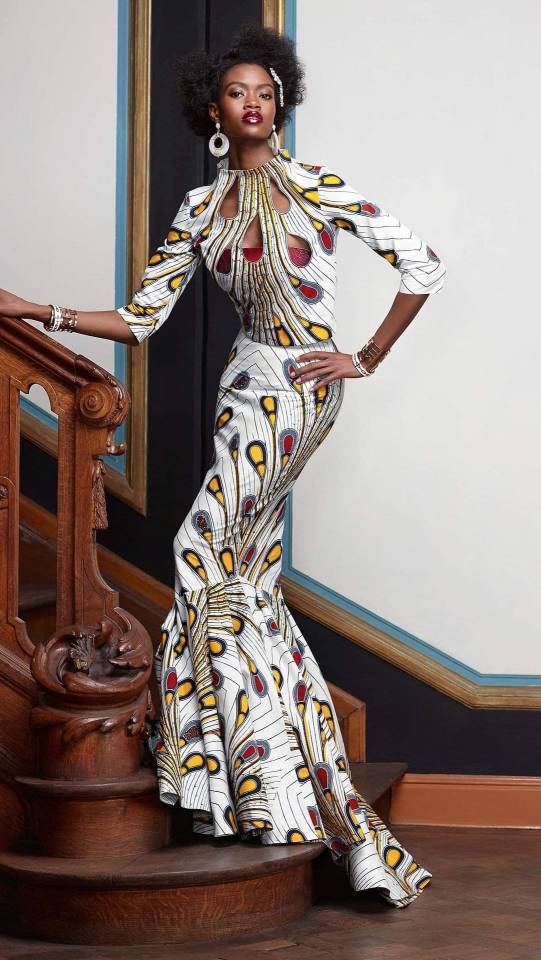
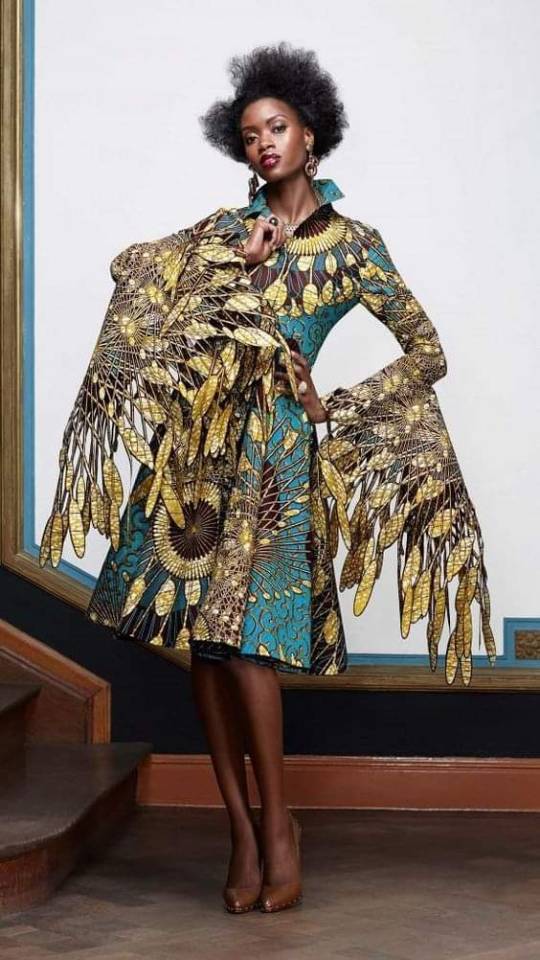
331 notes
·
View notes
Text

Stars Hall of Fame, Orlando, Florida, 1978
36 notes
·
View notes
Text
Spent the afternoon and evening sewing appropriately seventeen kilometres worth of stage curtains. They are for Black History Month, so they are all beautiful West African wax prints. Gorgeous to look at, but were an absolute nightmare to work with.
I am now completely exhausted from hauling these fabrics around my sewing machine. My arms. They are noodles.
16 notes
·
View notes
Text



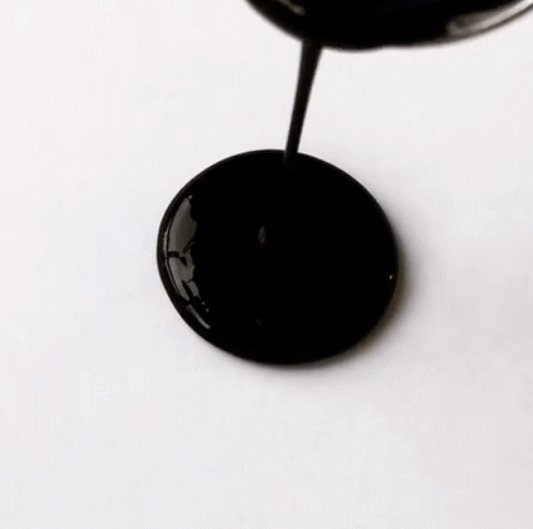






African Vulture stimboard for @paxthepuppycat
(i think i got the right kind but let me know if i didnt)
🪶 | 🪶 | 🪶
🦴 | 🦴 | 🦴
🪶 | 🪶 | 🪶
#otherkin#therian#stimboard#stim gifs#stimblr#African Vulture#vulture culture#vulture#wings#feathers#wax seal#wax stim#sand stim#tw bones#bones#tw dead animal#dead animal#skulls
4 notes
·
View notes
Photo
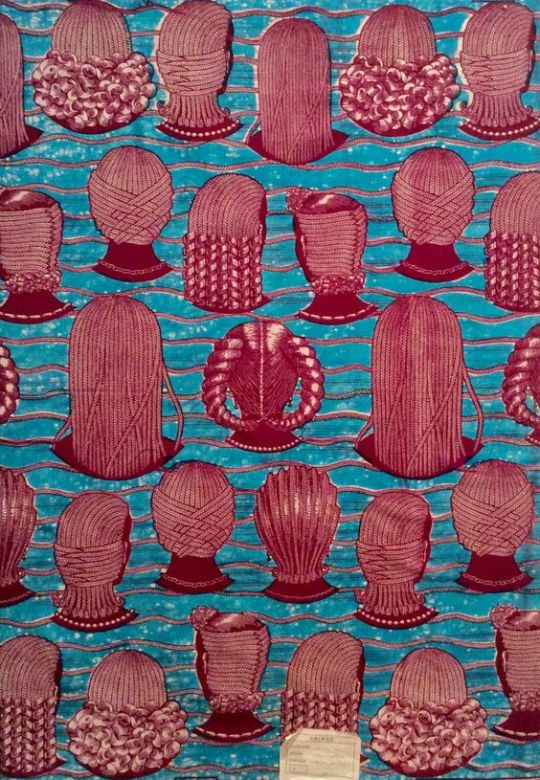
African wax print depicting various hairstyles
16 notes
·
View notes
Text
What is African wax print fabric?
African wax print fabric is a 100% cotton fabric most popular in West African countries, including. Nigeria, Ghana, Senegal, Gambia, Kenya and Tanzania.
History
African wax print fabric has its roots in Indonesian batik, which was brought to Africa by Dutch traders in the 19th century. The designs were initially produced in Holland and exported to the Dutch colonies in Indonesia, but were eventually brought to West Africa where they became popular.
In the early 20th century, European textile manufacturers began producing the fabric in Europe and exporting it to Africa. However, the fabric was not widely accepted by Africans until it was adapted to suit local tastes and needs. African entrepreneurs, particularly in Ghana and Nigeria, began producing their own versions of the fabric, incorporating local designs and motifs.
Today, the fabric is produced and worn throughout Africa, and has become an important part of African fashion. It is used to make traditional clothing such as dresses, skirts, and head wraps, as well as modern clothing such as shirts, pants, and even shoes.
BASIC STEPS IN AFRICAN WAX PRINT FABRIC PRODUCTION
1. Preparation
2. Raw cotton fibres
3. Spinning the cotton to make yarn
4. Using the yarn to produce grey cloth
- Design
- Wax Printing
- Indigo Dyeing
- Crackling Effect
- Colouration
- Washing
- Finishing
Production
African wax print fabric is produced through a process called wax-resist dyeing. The fabric is first washed and bleached, then a wax design is stamped or printed onto the fabric using a copper stamp or roller. The fabric is then dyed, and the wax is removed, leaving a design that is resistant to the dye. This process can be repeated multiple times to create intricate and colorful designs.
Symbolism
African wax print fabric has a rich symbolic meaning in African culture. The patterns and colors used in the fabric often have specific meanings related to cultural traditions, spirituality, and social status. For example, some patterns may be associated with specific tribes or regions, while others may be worn for special occasions such as weddings or funerals.
The fabric has also become a symbol of African identity and resistance, particularly during the colonial era. It was often worn as a symbol of African pride and cultural independence, and was even used as a form of protest against colonial rule.
Conclusion
African wax print fabric is a beautiful and important part of African culture and fashion. Its complex history and rich symbolism make it a fascinating subject of study, and its vibrant colors and designs make it a popular choice for clothing and accessories. Whether worn as a traditional garment or incorporated into modern styles, African wax print fabric in Rajkot, Gujarat will continue to be a symbol of African culture and identity for generations to come.
For more:
Where Can I Get Authentic African Fabric Supplier In India?
Why You Should Pay Attention To African Printed Fabric?
African Fabric Supplier In Zambia
1 note
·
View note
Text
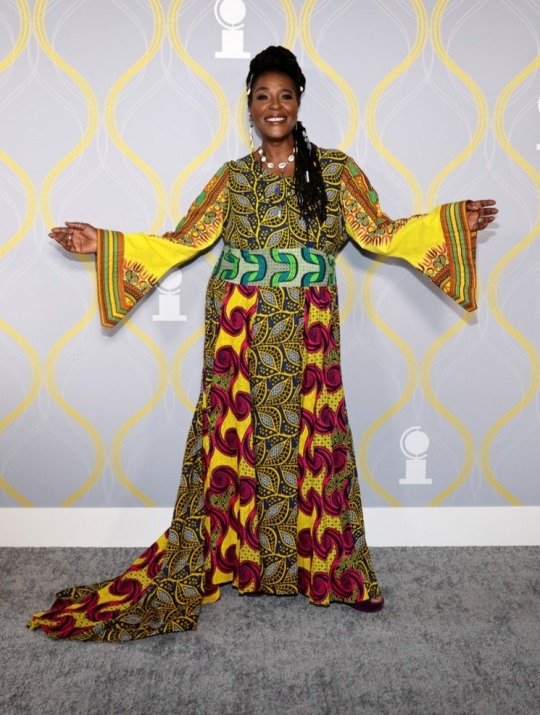
Sharon D Clarke at the 2022 Tony Awards
#sharon d clarke#tonys 2022#tony awards#red carpet#fashion#celebrity fashion#celebrity style#print#African wax#dutch wax#pattern#surface pattern#surface pattern design#pattern design#textiles#textile design#printed textiles#2022
8 notes
·
View notes
Text


Wedding Day💒:
Ceremony outfit vs Reception outfit ✨
#black girl#african girl#black fashion#no makeup#congolese#modest girl#modest style#modesty#tzniut#tznius#muluba#selfie#manchester#congolese wedding#african print#african wedding#wax dress#pagne#curly hair
6 notes
·
View notes
Text

#drinks#african restaurants#business#rice#clothes#pondu#saka saka#African cosmetics#pagne#wax#wilki#pluvera
0 notes
Text


CHECK OUT THE FULL EDITORIAL HERE
https://www.volup2.com/.../1/i68iv06afu68bt2w6x73dwmt7k2v0t
Photographer Velvet d’Amour
Designer Dear Curves
Model Marie Baux
#volup2#volup2isdiversity#velvet d'amour#volup2 magazine#velvetography#plus size#plus size editorial#fashion#art#african plus size fashion#african designer#female fashion design#wax print
0 notes
Text
100% polyester microfiber wax cloth fabric
Imitation wax-proof printing is also known as imitation wax dyeing flower cloth, African people called "Kitenge" (KITENGE), is the African textile market to accommodate the largest number of varieties of printing and dyeing cloth, is the African people's favourite national clothing fabrics. It is one of the most popular fabrics for ethnic clothing in Africa. Imitation wax-proof printing is a direct printing method to produce a product similar to the real wax-proof style, with a much shorter production cycle, improved efficiency and good reproducibility.
Company Name:Changxing Yinfeng Textile Co., Ltd.
Web:https://www.yinfengtextile.com/product/african-wax-imitation-fabric/
ADD:Nanshan Village, Shuikou Township, Changxing County, Huzhou City, Zhejiang Province, China
Phone:86-13757227847
Email:[email protected]
Profile:Changxing Yinfeng Textile Co., Ltd. has been engaged in the production of home textile fabrics, apparel fabrics and bedding for more than 8 years, mainly domestic sales and foreign trade export business. The company is a comprehensive textile fabric research and development, production, printing and dyeing, product processing and import and export trade. modern enterprise.
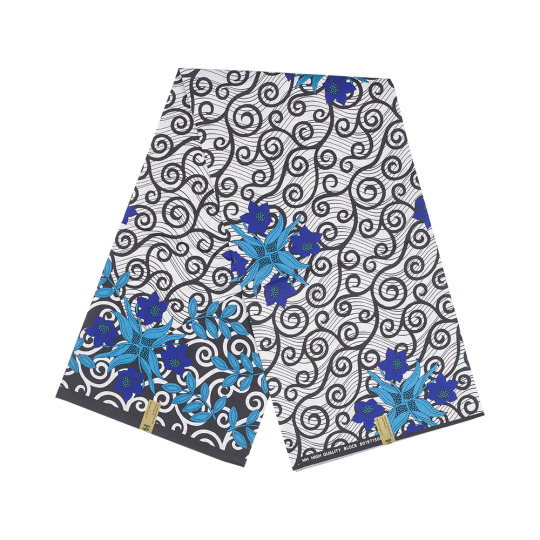
0 notes
Text
Why the moon waxes and wanes

When the moon goes from new to full, or is growing bigger, this is called waxing. When the moon goes from full to new, or is getting smaller, this is called waning. Many folk tales and mythology have been told over to explain this phenomenon. From different gods being different moons, to gods moving the moon, to the moon itself hiding or sleeping. But this folk tale from Nigeria really looks at things in a new way.
There was once an old woman who was very poor, and lived in a small mud hut thatched with mats made from the leaves of the tombo palm in the bush. She was often very hungry, as there was no one to look after her.
In the olden days the moon used often to come down to the earth, although she lived most of the time in the sky. The moon was a fat woman with a skin of hide, and she was full of fat meat. She was quite round, and in the night used to give plenty of light. The moon was sorry for the poor starving old woman, so she came to her and said, "You may cut some of my meat away for your food." This the old woman did every evening, and the moon got smaller and smaller until you could scarcely see her at all. Of course this made her give very little light, and all the people began to grumble in consequence, and to ask why it was that the moon was getting so thin.
At last the people went to the old woman's house where there happened to be a little girl sleeping. She had been there for some little time, and had seen the moon come down every evening, and the old woman go out with her knife and carve her daily supply of meat out of the moon. As she was very frightened, she told the people all about it, so they determined to set a watch on the movements of the old woman.
That very night the moon came down as usual, and the old woman went out with her knife and basket to get her food; but before she could carve any meat all the people rushed out shouting, and the moon was so frightened that she went back again into the sky, and never came down again to the earth. The old woman was left to starve in the bush.
Ever since that time the moon has hidden herself most of the day, as she was so frightened, and she still gets very thin once a month, but later on she gets fat again, and when she is quite fat she gives plenty of light all the night; but this does not last very long, and she begins to get thinner and thinner, in the same way as she did when the old woman was carving her meat from her.
#folktales#fairytales#african folktale#moon#pagan#witch#kitchen witch#food and folklore#meat#eat the moon#waxing#waning#story
1 note
·
View note
Text
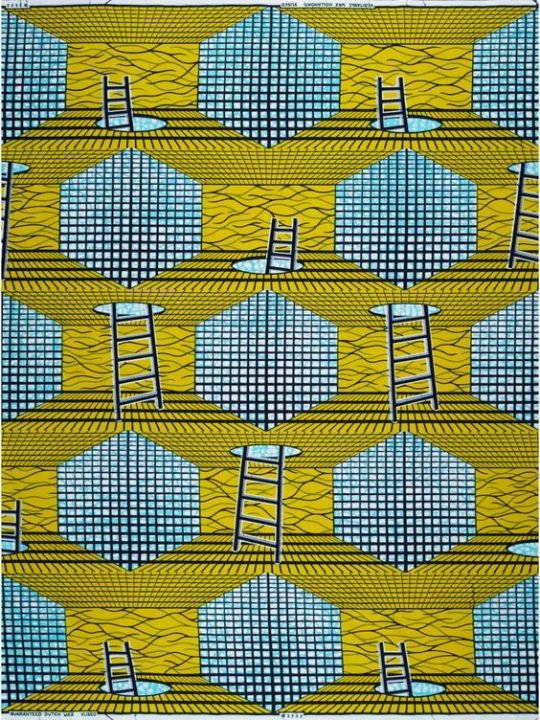
African wax print
[vlisco]
5 notes
·
View notes
